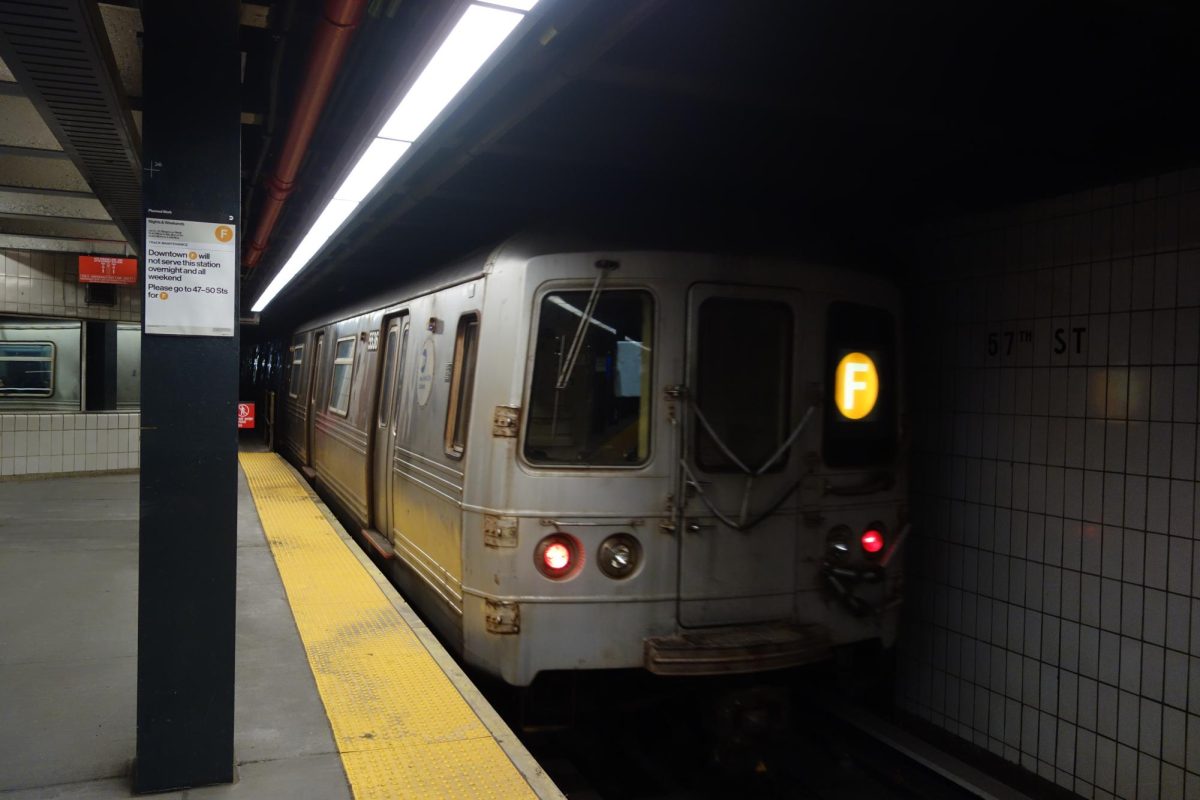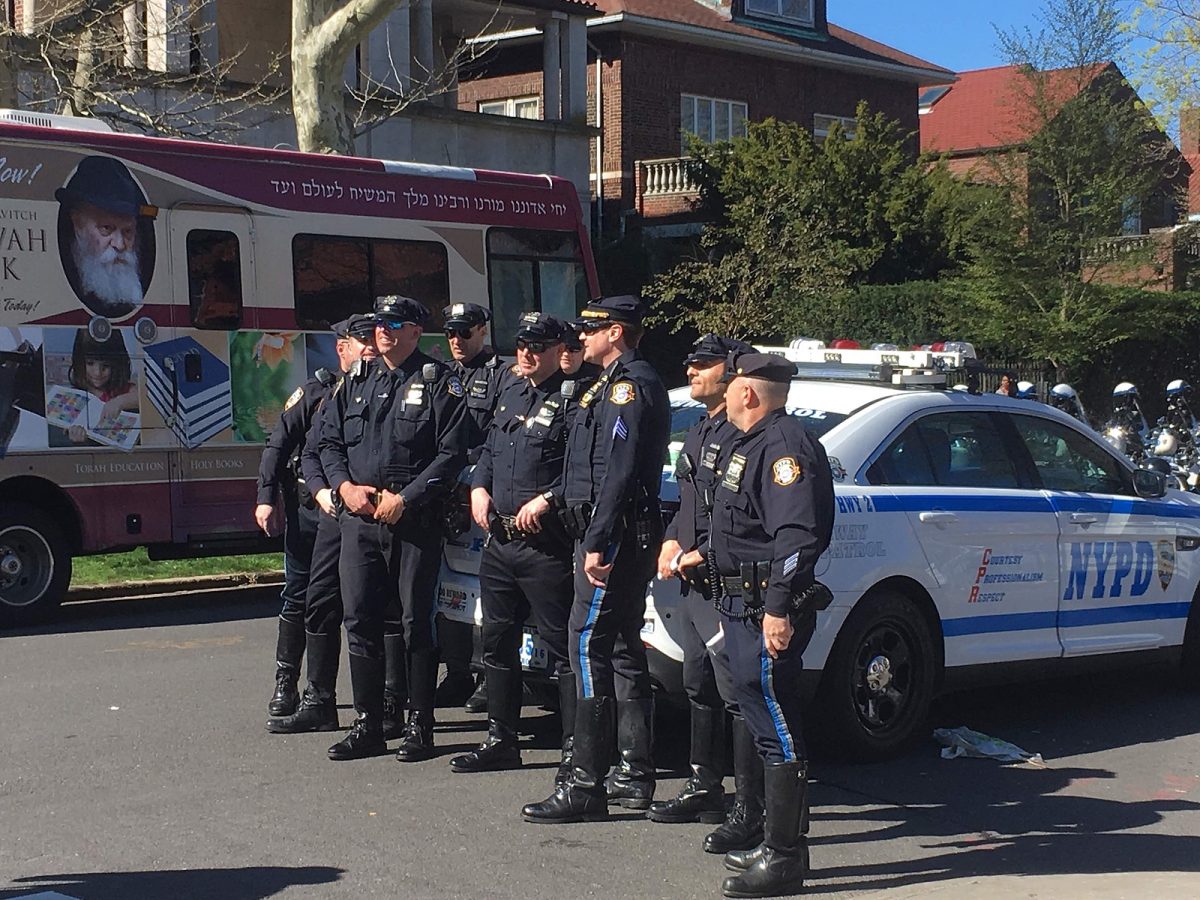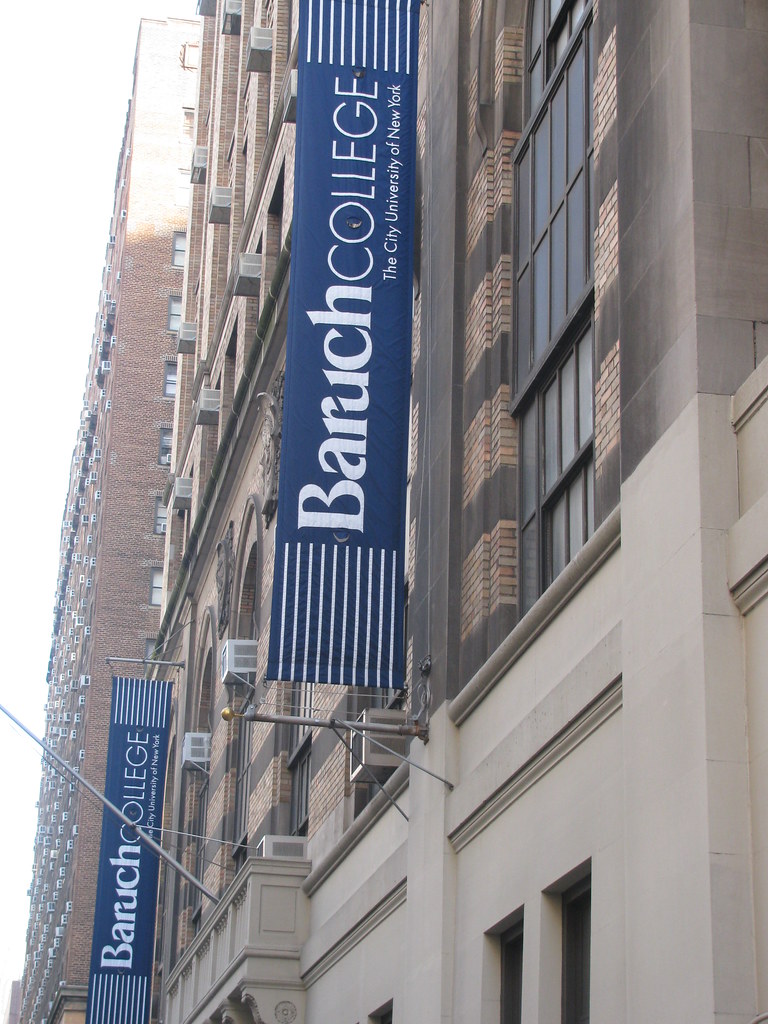Summertime is becoming an endurance test for the millions of public transit riders in New York City. City officials and urban planners must mitigate the issue of rising underground heat.
Platforms and tunnels run by the MTA have become urban heat islands that are not designed to account for major temperature changes or rising heat from underneath them.
Variations in subsurface temperatures depend largely on geothermal and groundwater activity, but anthropogenic activities in urban areas often introduce additional heat sources.
A study by Northwestern University published on July 11 where researchers used the Chicago Loop district as a case study, outlines the urgency of combating underground warming due to the damage the warming can cause to the infrastructure.
“Soils, rocks, and construction materials deform under the influence of temperature variations and excessive deformations can affect the performance of civil infrastructure,” Alessandro F. Rotta Loria, an engineering professor, said.
Similar to Manhattan, the Chicago Loop area is one of the most populated areas in the United States. As highly populated cities significantly increase in ground temperatures over time, the efficiency of public transportation and health becomes jeopardized.
It must be recognized that rising heat and ground deformations are inevitable in urban areas of the U.S. due to the meteorological and human factors. However, efforts taken by city officials are necessary to lessen the environmental impact.
There are nearly 5 million people using the MTA’s public transportation systems every day and crowds of passengers also generate masses of heat. Train commuters are at heightened risk of exhaustion, heat stroke and dehydration, which adds to the ongoing list of dangers they can encounter on public transportation.
The city implemented fans in subway stations, an effort that NYU professor of Urban Systems Engineering Masoud Ghandehari calls a “short-term intervention.”
Trains braking or slowing down helps prevent accidents when coming into contact with overheated rails, but these actions contribute to the rise in temperatures beneath urban areas.
Transit delays can cause multifaceted economic costs, such as reduced productivity for workers stuck in delayed trains and increased fuel consumption.
Buildings above subways can potentially deteriorate, leading to cracks and issues in architectural aesthetics. As housing is a longstanding issue in NYC, the structural integrity, energy inefficiency and repair costs residents face are intensified by underground heat in subway systems.
These complications pose the question of how waste heat from the ground can be reutilized. Converting underground heat into energy, known as geothermal energy extraction, is a potential usage. Heat maps can be used to detect and locate sources of heat.
The City of New York should allocate funding to build power plants near these heat islands.
According to Britannica, this process can cause the release of greenhouse gasses and disruption of underground ecosystems–not to mention the high initial cost and time it takes to input this new system.
However, through careful site selection and construction, increased use of geothermal energy will safeguard the quality and livelihood of New York City. Additionally, relying on experts to aid in this city planning will make the process smoother.
The issue of burning-hot subways in NYC also presents the question of what to add to existing urban infrastructures to slow the effects of global warming.
The city must allocate funding for comprehensive upgrades and human-centered implementations during times of increased heat. This can include heat-reflecting materials on infrastructures, green spaces, rooftop gardens and modernized ventilation systems. Protecting the wellness and transportation of New Yorkers emphasizes the need to combat climate change.
New York is becoming less liveable, therefore it is imperative to understand what is causing these threats and how to tackle them scientifically.








